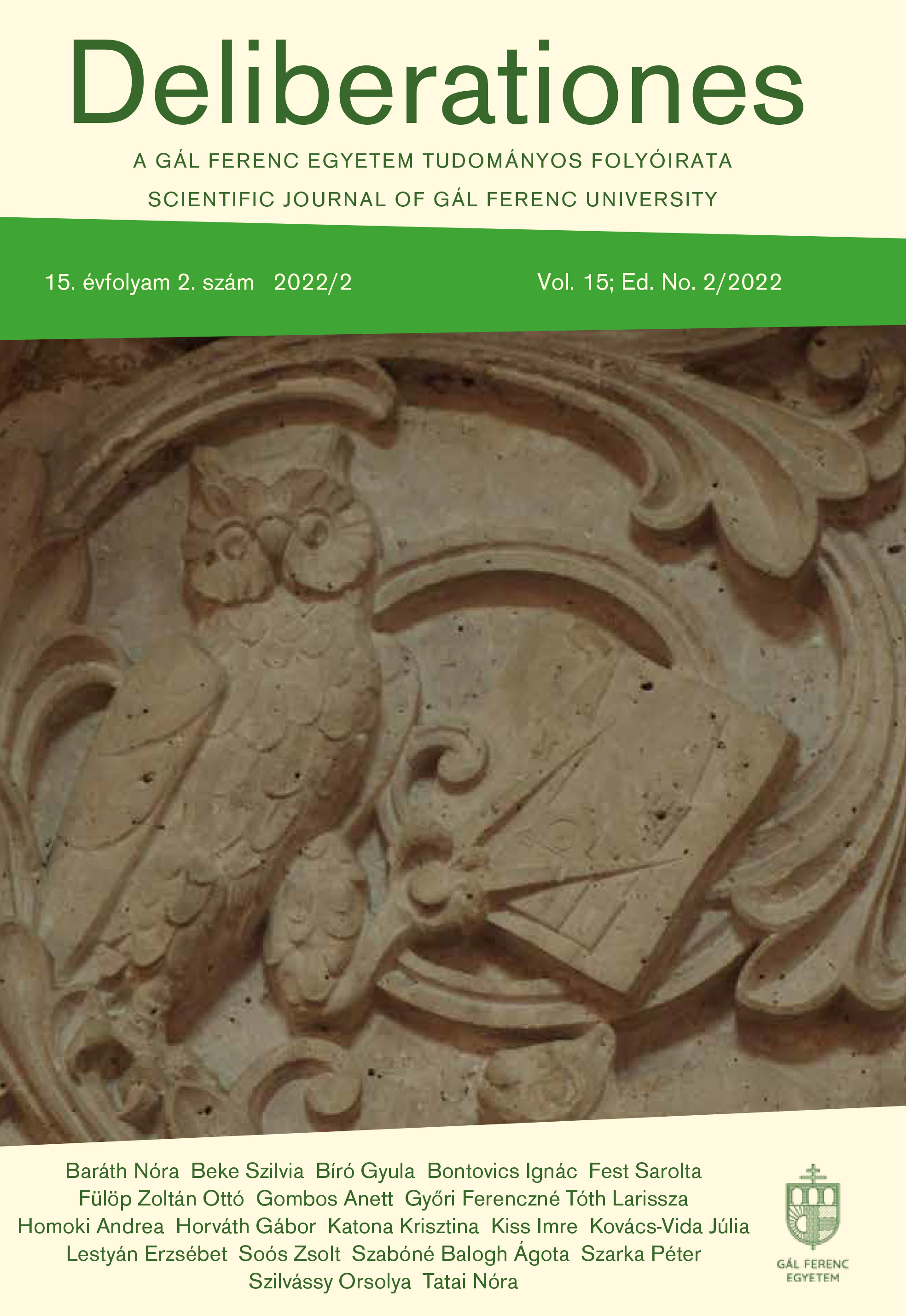Abstract
The following paper relates to theoretical and critical discourses that address the complex role of picture book in the development of competences in early childhood. Picture books can function as an effective didactic tool for preschool children, catalysing the development of language, cognitive or emotional-social skills, and the process of literacy, in a way that is appropriate to the physical and intellectual development of their readers.
Focusing only on the area of emotional competences, I will attempt to outline the possibilities offered by certain types of non-narrative picture books, and the aspects of emotional competence on which they can have a developmental impact. I will try to give examples that meet not only didactic but also aesthetic criteria.
References
Berner, S. R. (2004). Tavaszi böngésző. Naphegy Kiadó.
Mitgutsch, A. (2008). Négy évszak a parkban. Izgő-mozgó képeskönyvem. Scolar.
Molnár, J. (2017). Robotok. Móra Kiadó.
Pap, K. (2017). Nevetős, sírós, ámulós, morgós – Érzelmek. Csimota Könyvkiadó.
A képek forrásai:
https://jacquelinemolnar.com/molnar-jacqueline-robotok/
https://bookline.hu/product/home.action?_v=Ali_Mitgutsch_Negy_evszak_a_parkban_I&type=22&id=76705
https://bookline.hu/product/home.action?_v=Rotraut_Susanne_Berner_Tavaszi_bongeszo&type=22&id=101453
Másodlagos irodalom:
Abraham, U. (2002.02.) Feuer, Wasser, Erde, LuftBilderbücher als fächerübergreifende Herausforderung auf der Primarstufe Ide. Informationen zur Deutschdidaktik Zeitschrift für den Deutschunterricht in Wissenschaft und Schule. Bilder-Bücher, 26/2.
Baron-Cohen, S. (2011). Zero degrees of empathy: A new theory of human cruelty. Penguin.
Bruner, J. (2005). Valóságos elmék, lehetséges világok. Új Mandátum Kiadó.
Hogan, P. C. (2011). What Literature Teaches Us about Emotions. Cambridge: Cambridge University Press.
Horváth, M. (2014). Evolúciós és kognitív kultúratudomány. In Horvath M. (Ed.), A művészet eredete. Kultúra, evolúció, kogníció. Typotext.
Kümmerling-Meibauer, B. (Ed.). (2011). Emergent Literacy. Children's books from 0 to 3. John Benjamin’s Publishing Amsterdam.
Kurwinkel, T. (2017). Bilderbuchanalyse. Narrativik - Ästhetik – Didaktik. A. Francke Verlag.
Lessing, G.E. (2004). Laokoon. Oder über die Grenzen der Mahlerey und Poesie. https://www.gutenberg.org/cache/epub/6889/pg6889.html
Nikolajeva, M. (2012). Reading Other People’s Minds Through Word and Image. Children’s Literature in Education, 43(1),273–291. https://doi:10.1007/s10583-012-9163-6 43:273–291.
Nikolajeva, M. (2013). Picturebooks and emotional literacy. The reading teacher, 67(4), 249-254.
Nikolajeva, M. (2014). Reading for Learning – Cognitive Approaches to Children’s Literature. John Benjamin’s Publishing Amsterdam.
Nyíri K. (2002). Hagyomány és képi gondolkodás. https://mek.oszk.hu/09900/09953/09953.htm
Thiele, J. (2000). Das Bilderbuch. Ästhetik, Theorie, Analyse. Didaktik. Rezeption.
Tomasello, M., & Rakoczy, H. (2003). What makes human cognition unique? From individual to shared to collective intentionality. Mind & Language, 18(2), 121-147.
Varga, E. (2012). Az illusztráció a teóriában, a kritikában, az oktatásban. L’Harmattan.
Varga, E. (2021). A képeskönyvek óvodai felhasználása. Módszertani Közlemények, 61(2), 65–92. https://ojs.bibl.u-szeged.hu/index.php/modszertani-kozlemenyek/article/view/43534
Zsolnai, A., & Kasik, L. (2007). Az érzelmek szerepe a szociális kompetencia működésében. Új pedagógiai szemle, 57(7-8). https://epa.oszk.hu/00000/00035/00115/2007-07-ta-Tobbek-Erzelmek.html
Zunshine, L. (2006). Why We Read Fiction: Theory of Mind and the Novel. The Ohio State University Press.
